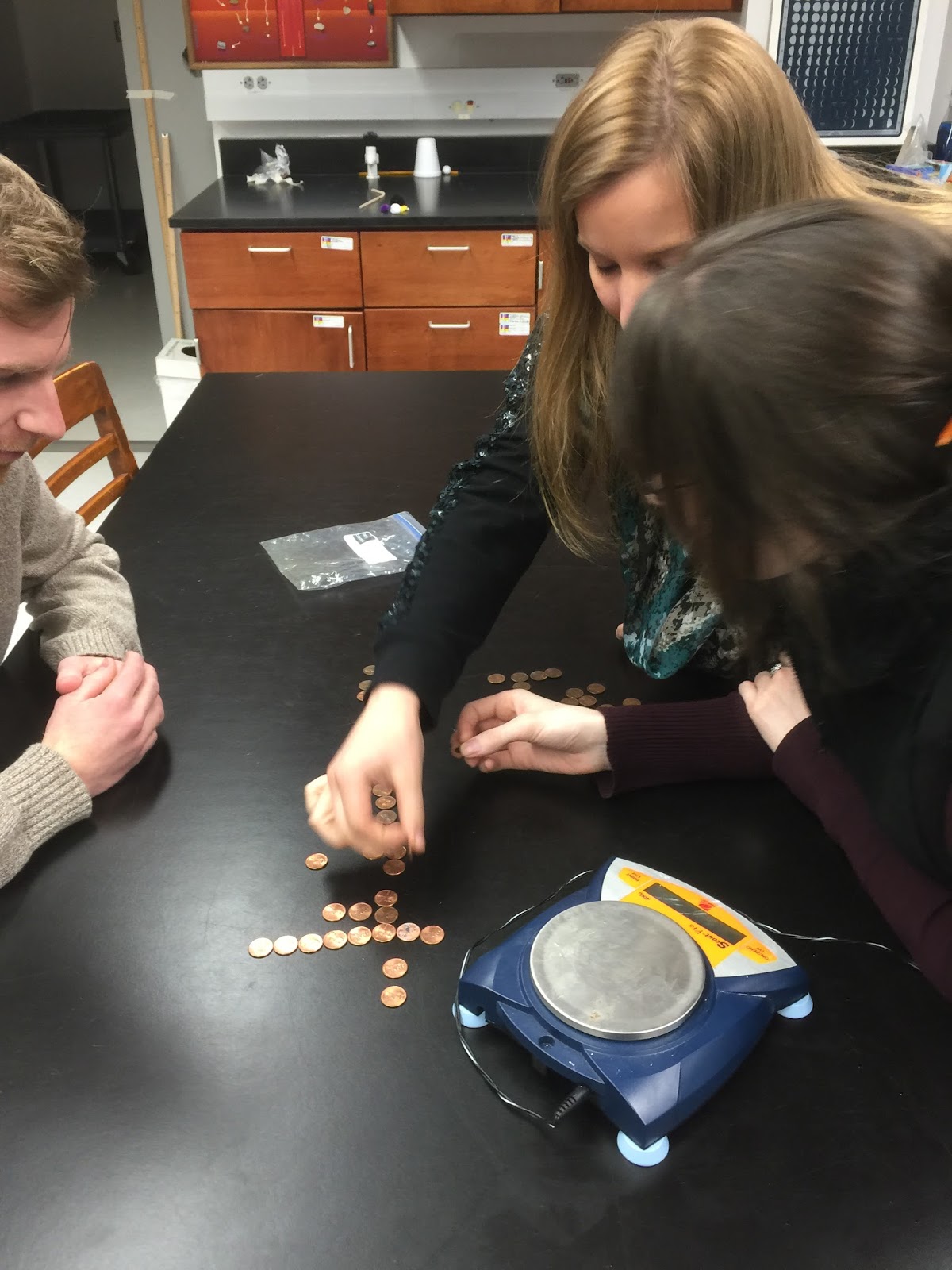Using Engineering Principles
The fields of science and engineering are mutually supportive. New
technologies expand the reach of science, allowing the study of realms
previously inaccessible to investigation; scientists depend on the work
of engineers to produce the instruments and computational tools they
need to conduct research. Engineers in turn depend on the work of
scientists to understand how different technologies work so they can be
improved; scientific discoveries are exploited to create new
technologies in the first place. Scientists and engineers often work
together in teams, especially in new fields, such as nanotechnology or
synthetic biology that blur the lines between science and engineering.
Students should come to understand these interactions and at increasing
levels of sophistication as they mature. Their appreciation of the
interface of science, engineering, and society should give them deeper
insights into local, national, and global issues. (NGSS)




Understanding the Nature of Scientific Literacy
SCIENTIFIC INQUIRY
Fundamentally, the various scientific disciplines are alike in
their reliance on evidence, the use of hypothesis and theories,
the kinds of logic used, and much more. Nevertheless, scientists
differ greatly from one another in their recourse to
fundamental principles; and in how much they draw on the findings
of other sciences.
There are,
however, certain features of science that give it a distinctive
character as a mode of inquiry. Although those features are
especially characteristic of the work of professional scientists,
everyone can exercise them in thinking scientifically about many
matters of interest in everyday life.
















